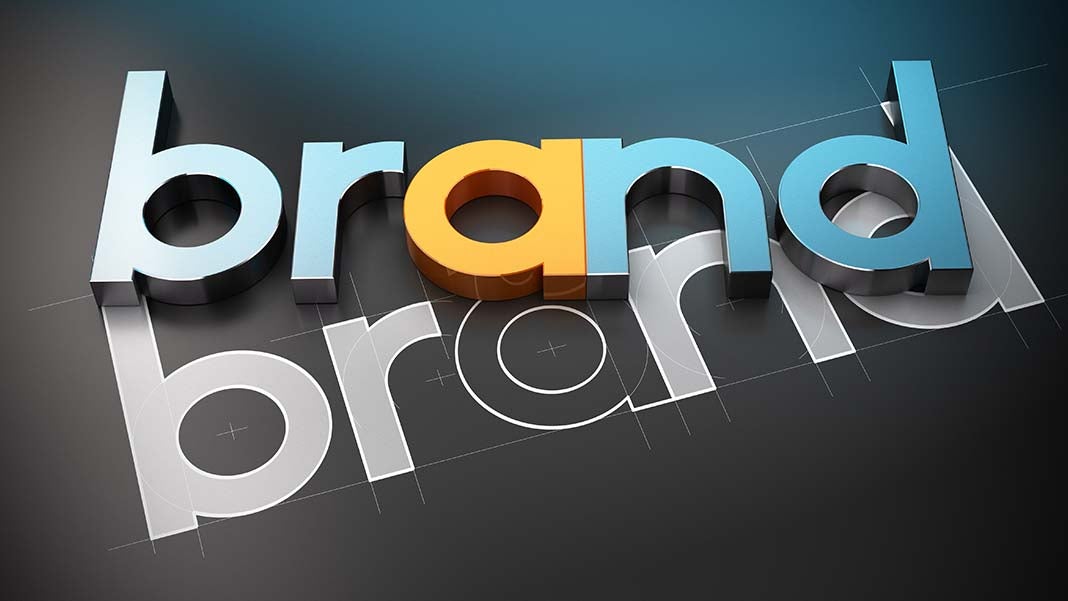
- You benefit from a clearer understanding of what your brand is. A lot of businesses currently believe that a brand is a logo and their marketing materials. Whereas the truth is that a brand is their reputation. It’s the perception on the street and clearly defined, a brand can create an experience that leads to greater sales and a culture of success.
- Strategic positioning. Positioning done properly gives your client a reason to buy from you. It’s your reason to deliver. It sets your brand apart from your competition. It’s that differentiator you’ve heard about. Positioning is not low hanging fruit like “our people” or “our great service.” Positioning is a bold move that delivers on a promise.
- Invigorates your sales staff. Over time as a brand grows, staff get complacent, unmotivated. This is especially true if the leadership are uninspiring and compete on price. Defining your brand and utilizing positioning over price makes the brand a leader and in that staff see positive actions which would influence their attitudes and establish clarity as to where the company is headed.
- Brand identity standards. Consistency is key to building effective brand awareness. All too often you’ll see companies that have a logo on their cards that differ from their signs, marketing and support materials. Having a Brand Identity Standards manual gives a company rules to follow to bolster that desired consistency. You also need to be consistent across logo design in general. A logo generator can help you, but in short you need to be sure that the logo you use on your company material, is the same as the logo you use on your website etc. They may be difference sizes by necessity, but they can still be on point.
- Own your own color. Traditionally, brand palettes are established based on color trends and psychology. Take competitive color use into consideration and choose colors as another point of differentiation. Strive to own that palette, much like UPS owns the color brown.
- Team building. Brand clarity and definition strengthens teams with the company culture. A brand’s culture should be one of success and have strategies in place to empower that culture. Effective communication is a fundamental goal of team building.
- Establish brand values. Brand values are platitudes that the brand lives for. They are the foundation of the brand that all strategies have as their core. Brand values are key and in that playing against any of them changes how your stakeholders see your brand. Your brand values are the essence these same stakeholders identify with, and build relationships with.
- Upgrade brand for succession strategy. As company owners age and retirement is looming, think as to how a brand moves on from one owner to another and how that looks. Having your brand in order removes some of the stress associated with company value.
- Up-value for potential company sale. Selling involves several key points that affect company brand value. If you possess a strong, clearly defined brand, it’s much easier to demand top value compared to a brand that struggles with direction and competes solely on price. That uncertainty will cost you in a negative way. The purchase shouldn’t look like a bailout but a powerful opportunity.
- Attract investors. Investors are looking for brands that inspire them and show promise. A weak brand is a higher risk and investors are risk adverse.
- Attract the best talent. If your brand enjoys a positive reputation, the best talent has you in their sights. Winners want to work for winners. If you’re seen as a follower not a leader, talented employees can’t identify with that perspective.
- Self-administered compliances. Brands that have to comply with mandatory compliances and their customers recognize this environment. Upping the bar by establishing your own compliances allows you to control opportunities and explore opportunities within your category.
- Helps client become a thought leader. Successful brand awareness combined with proactive awareness initiatives builds your brand’s expert profile which results in becoming a thought leader. A go-to resource on your industry.
- Clarifies brand image. Confusion within any brand confuses your customer. Any barriers to a sale cost you money. If you’re following your industry leader, you’re drawing more attention to them and away from you.
- Shareholder feedback. Shareholders are in it for the money. They want to invest in brands that bring the highest returns. Brand leaders are shareholders’ wet dreams.
- Allows brand to define itself. If you fail to define your brand the competition will gladly pick up the ball and define you. A brand in anyone’s hands outside of stakeholders is the killer of brands.
- Shareholders have a better understanding of where company is going. Shareholders can only determine risk if they have a clear understanding of a brand’s success strategy. Anything less spooks them, and uncertainty is a poor investment environment.
- Increase brand awareness. A leadership brand feeds on brand awareness. When your market identifies with your brand your notice increases. It’s not so much “who you know” but the reality is “who knows you.”
- Brand ROI. Developing a brand costs money. No owner does it as a lark. It’s a hard pill to swallow if there’s no positive outcome. Determining return keeps you on top of your game. It allows you to keep doing what works and build on that and toss what isn’t working. Determining ROI on a regular basis is a wise expense.
- Presents brand’s authenticity. If your brand is a leader it will be seen as being authentic. The real McCoy. If you ever hope to attract high value customers you have to be seen as walking the walk. Authenticity is why a brand is envied.
- Open up other opportunities. Working hard growing your brand plants seeds. Positive actions attract other positive opportunities.
- Change the conversation with their clients. When a brand is on cue and leads instead of follows, customers notice. They recognize your expertise and their conversations with you take on a different more respectful tone. You are seen as strategic not just a cheap source of something they could get anywhere.
- Easier buying process for their clients. When clients experience clarity with your brand, they understand your value and can justify your worth. There is less push-back on price. There is also a greater opportunity for return business.
- Builds brand advocates for themselves. Customers enjoy associating themselves with brands they do business with. Brands we buy help identify us. This is incredibly powerful. Sometimes we even refer our contacts to these brands. Most brands enjoy this to some degree. It is a key brand goal.
- Brand like the Fortune 500′s. Defining your brand can make your company look larger than you really are. It will help with your credibility as most consumers equate size with success and expertise. It reduces initial barriers. Once a customer realizes your expertise, size plays less of a role. Branding doesn’t have to be for just the Fortune 500′s. You may not have their budget, but you can have their attitude.
- Improves company culture. Company culture is the working environment stakeholders enjoy (or not). A clear authentic brand inspires a desire to excel. Branding isn’t just a focus on more sales, but also involves HR and other activities that help a brand to grow.
- Brand updating. It’s a great idea to keep your brand current so that it continue to resonate with a growing customer. As tastes change and the marketplace changes, your brand should keep up. Ignoring this, puts your brand in a tired light. Your brand will be seen as irrelevant.














